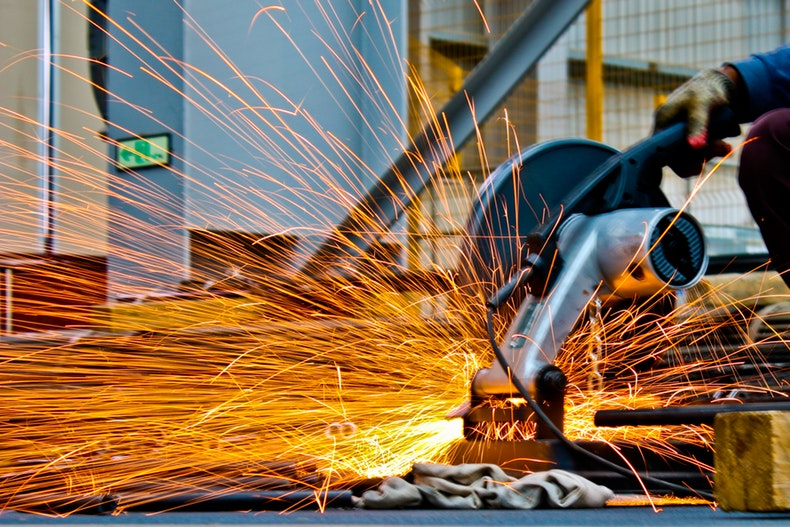Expansion is an inevitable part of running any kind of production facility that’s supposed to survive in the long run. Sure, there are some minor exceptions where a single facility might be able to remain relatively fixed in size over time without going under, but those are usually linked to some very specific circumstances. It’s not something you should count on in most cases.

And when it comes to expansion, there’s always the issue of risk that needs to be addressed. Investing in new equipment for your current plant or building a completely new one; both come with some serious strings attached, and they are actions that should not be taken lightly.
Is an Expansion Actually Necessary?
The first question you need to ask is whether this expansion is actually necessary in the current situation. In many cases, you might spot opportunities to postpone the process until you’ve been able to build up a better resource base to deal with the requirements of the expansion process. In other cases, you might come to the opposite realization – that you’re a bit overdue on doing this.
The Importance of Modularity
If you’ve been maintaining a modular approach to the design of your facilities (and the organization itself), expanding should be a bit less problematic than it is for most. After all, in a well-designed organization, you’re just adding new building blocks to an already familiar structure. Ideally, there should be no interference between your new components and old ones.
However, that’s the ideal case. In reality, even if you’ve designed your facility in a modular manner, your new ideas may still not be perfectly compatible with the current structure. This is especially true if the expansion is supposed to implement something completely new to your facilities.
Verifying Supply Channels
You should also ensure that your expanded facility will have the appropriate level of support in terms of resources and services. Check to see if your currently established partners will be able to service the new area that you’re considering. If not, try to establish the important partnerships early on before you’ve even started working on your new facility.
You’ll want to take this approach to pretty much every company you’re partnering. From your service suppliers to more specialized manufacturing partners, everyone should be evaluated in detail to ensure that your new facility will have sufficient support. When it comes to more specific partnerships, like medical manufacturing companies, for example, you might need to start the process very early on to ensure that you’ll be able to find the right partners in the end. It might turn out that everyone who could potentially service you in your desired area is busy working with others.
Cost and Benefit Analysis
Now is a good time to perform an in-depth cost and benefit analysis on the new facility. Once you’ve figured out how easy it will be to integrate with your existing locations, and you know how the situation looks in terms of potential partnerships, you should be able to figure out whether this is a viable move in financial terms or not.
Expanding a facility of any type comes down to a combination of planning and experience. Understanding how your organization works on every level is important, and it’s something you should never stop improving.











